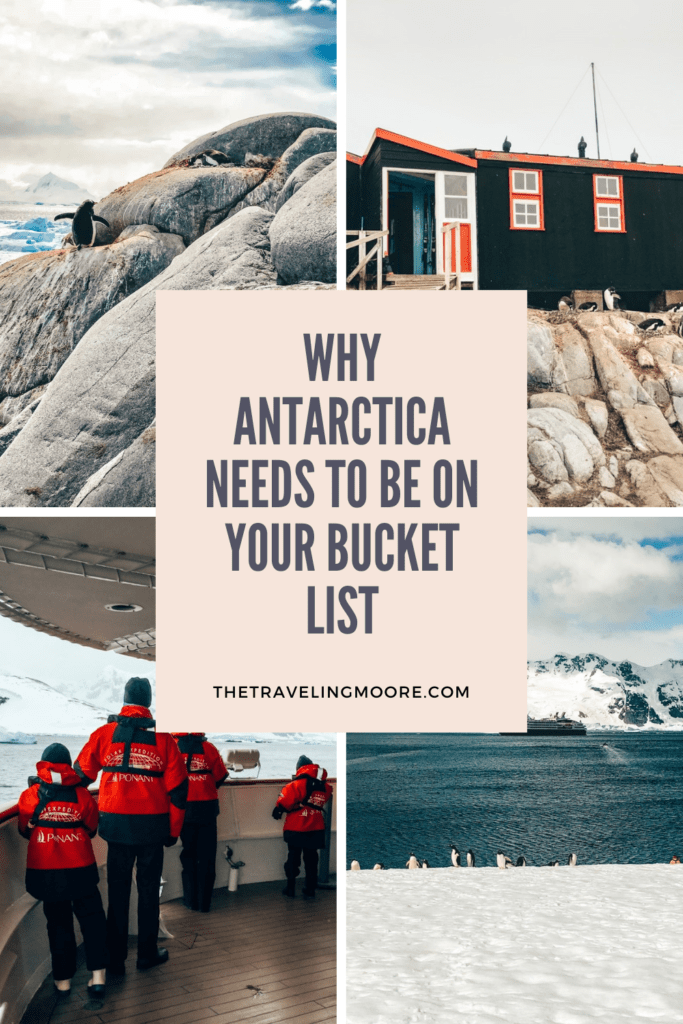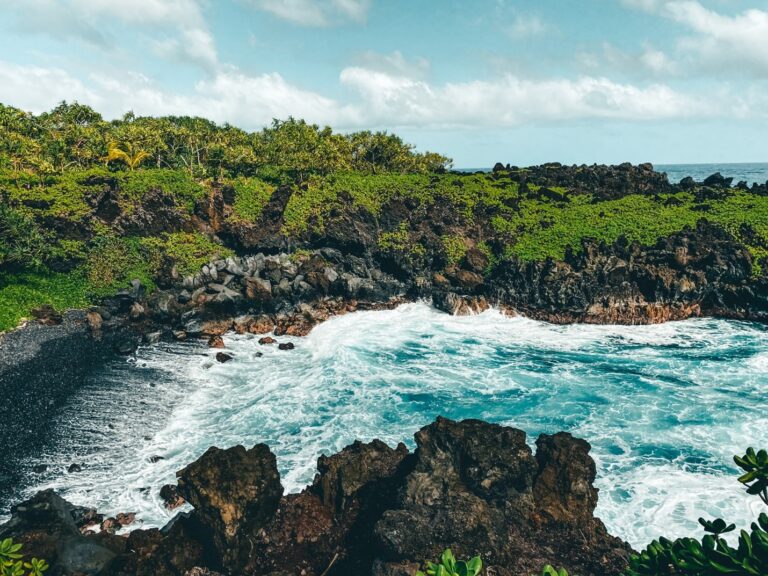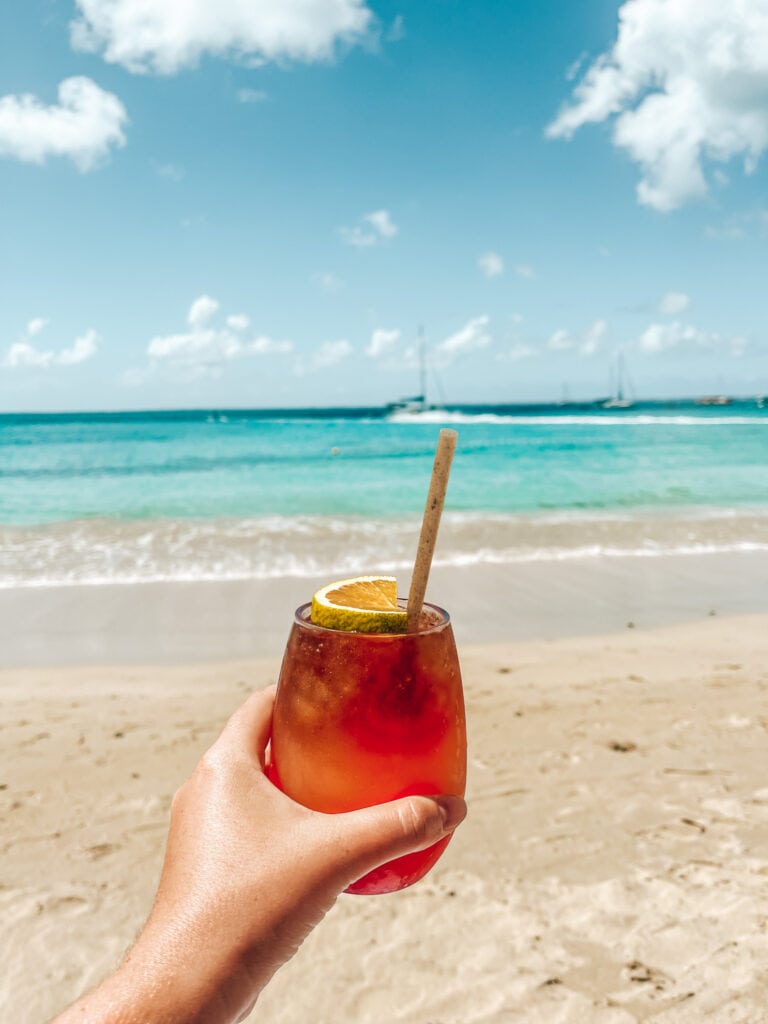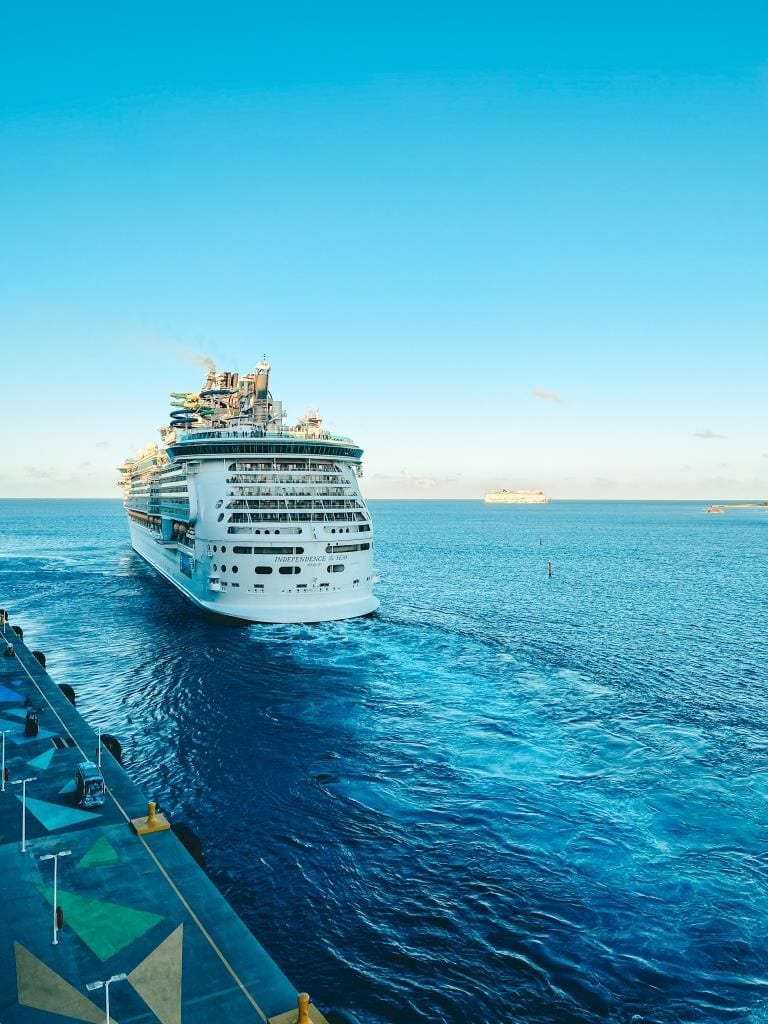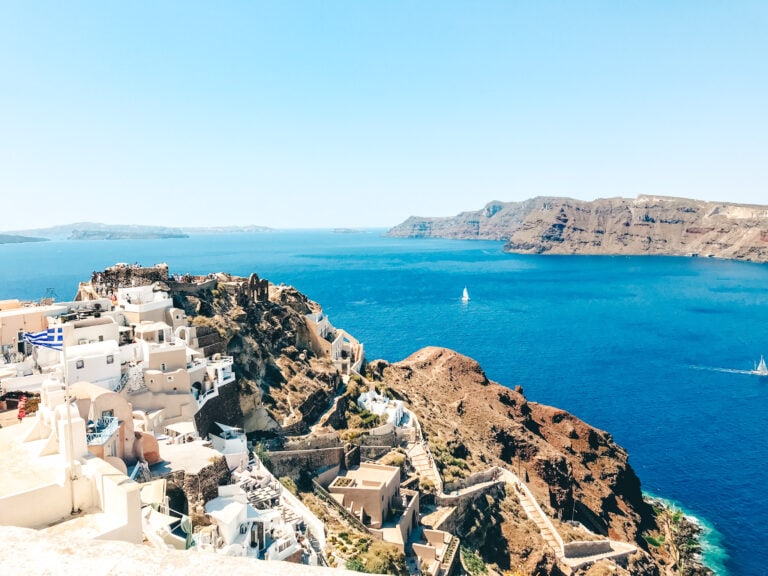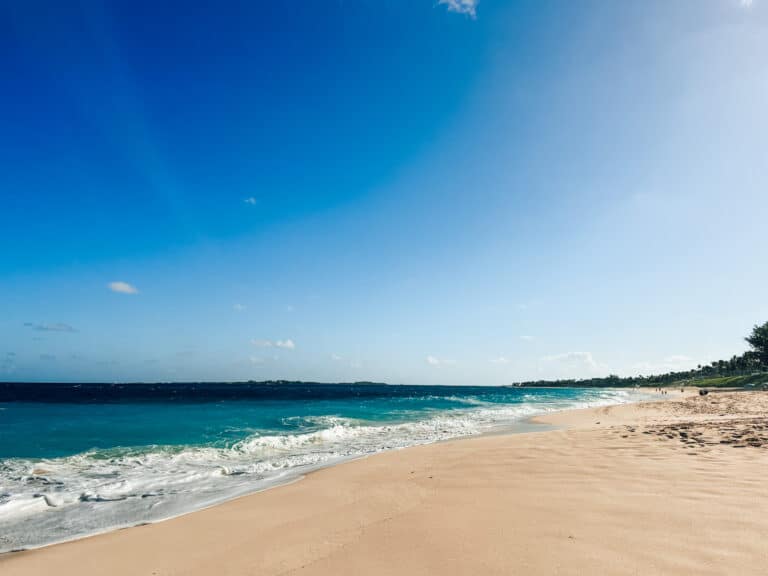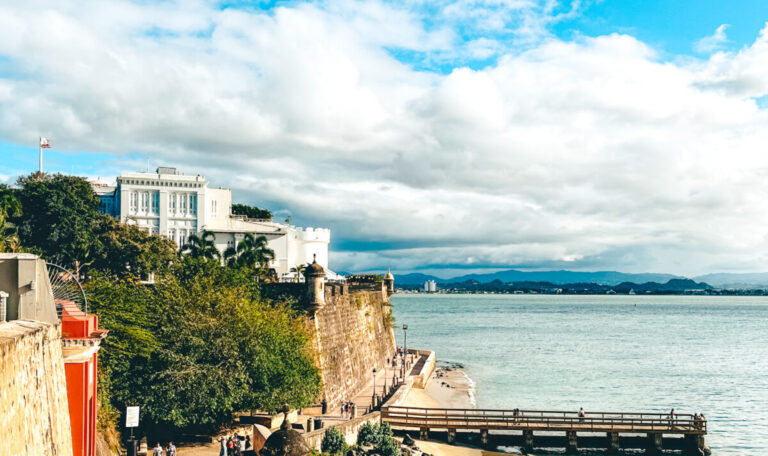25 Facts about Antarctica and 7 Reasons to Plan a Trip
This list of 25 interesting facts about Antarctica and reasons to visit is guaranteed to make you want to plan a trip.
Antarctica is the least-visited continent and some people never consider visiting. For others, it is the ultimate bucket list destination they dream of for years.
Whether you have been dreaming of Antarctica for years or have not considered it until now, these reasons to plan a trip to Antarctica will convince you to visit.
I traveled to Antarctica in the winter of 2017, and it is one of my favorite trips to date. I loved the beautiful landscape, the amazing animals, and the tranquility that the 7th continent brings.
The 14 days from Buenos Aires, through the drake passage, multiple ports in Antarctica and back were thrilling and unforgettable.
I chose to cruise with Ponant on an itinerary with four days of Drake passage crossing and 8 days on the continent. I highly recommend that cruise line as it was the perfect mix of luxury and adventure.
Keep reading for these interesting facts about Antarctica!
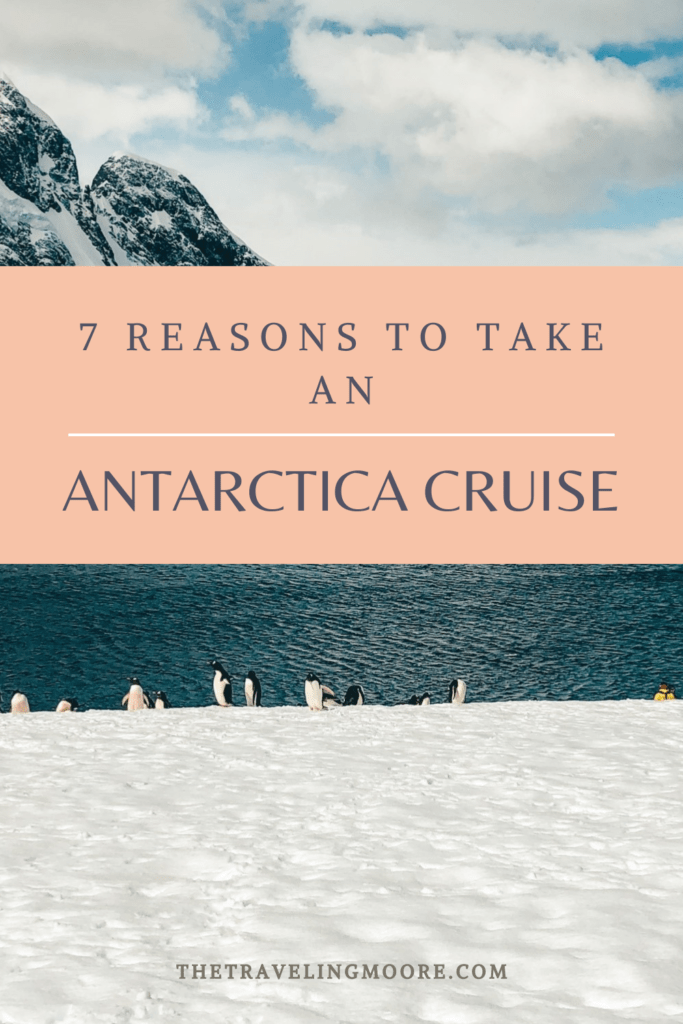
Some links on this blog are affiliate links, meaning I may earn a commission at no extra cost to you if you make a purchase through them. All opinions are my own, and I only recommend products and services I personally use and believe in. Thanks for your support!
25 Facts About Antarctica
1. Antarctica is the coldest, driest, and windiest continent on Earth.
The extreme cold, with temperatures plummeting below -40°C (-40°F), coupled with its arid conditions, makes Antarctica the harshest environment on the planet. Winds can reach hurricane-force speeds, creating severe wind-chill factors.
2. It is the fifth-largest continent, covering an area of approximately 14 million square km (5.4 million square miles).
Antarctica’s vast landmass is larger than Europe and Australia combined, yet much of it is covered by ice, making it the least populous continent.
3. The majority of the continent is covered by ice, with ice sheets that are miles thick in some places.
Massive ice sheets, like the Antarctic Ice Sheet, contain an incredible amount of ice, accounting for about 70% of the world’s fresh water.
4. Antarctica contains about 70% of the world’s fresh water in the form of ice.
This frozen water plays a vital role in regulating global climate and sea levels, and it represents an invaluable resource.
5. Antarctica has the cleanest air in the world, thanks to its remote location and lack of industrial pollution.
The continent’s pristine air quality is a valuable resource for atmospheric and climate research, free from the pollutants present in other parts of the world.
6. The first confirmed landing on Antarctica was made by the American explorer John Béland in 1820.
While explorers like Captain James Cook saw the Antarctic ice pack, John Béland was the first to set foot on the mainland, marking the beginning of Antarctic exploration.
7. The Antarctic Treaty, signed in 1959, designates Antarctica as a place for peaceful scientific cooperation and bans military activity.
This international agreement has preserved Antarctica as a haven for scientific research and environmental protection, emphasizing peaceful cooperation among nations.
8. Many countries operate research stations in Antarctica, with the United States, Russia, and Australia having some of the largest stations.
Numerous nations maintain scientific research stations on the continent, conducting a wide range of studies, from climate research to biology.
9. The lowest recorded temperature on Earth, -128.6°F (-89.2°C), was recorded at the Soviet Vostok Station in Antarctica in 1983.
Antarctica is home to some of the most frigid temperatures ever recorded, which provide crucial insights into extreme cold adaptation and climate science.
10. The continent is home to various wildlife, including penguins, seals, and numerous bird species.
Despite its harsh environment, Antarctica supports a surprising array of wildlife, such as Adélie penguins, Weddell seals, and species of petrels and skuas.
11. The Emperor penguin is the largest penguin species and breeds in Antarctica.
Emperor penguins are the tallest and heaviest penguin species, known for their remarkable adaptations to the harsh Antarctic environment, including long marches to breeding sites.
12. Antarctica is considered a desert because it receives very little precipitation; it’s the driest of all the continents.
Despite its icy appearance, Antarctica is technically a desert, with an annual precipitation rate lower than many of the world’s hot deserts.
13. The Southern Ocean surrounds Antarctica, and its waters are teeming with marine life:
The Southern Ocean is home to a diverse range of marine species, including krill, squid, and various fish, supporting the wildlife of the region.
14. The ice sheet in Antarctica contains enough ice to raise sea levels by about 58 meters (190 feet) if it were to melt entirely.
The potential consequences of Antarctic ice melt are a major concern in the context of climate change, with serious implications for coastal regions worldwide.
15. Mount Erebus is the southernmost active volcano on Earth and can be found in Antarctica.
This volcano’s unique location and activity provide scientists with a window into volcanic processes and geothermal activity in extreme conditions.
16. Antarctica has no time zones, as most research stations use the time zone of their home countries.
The use of multiple time zones simplifies logistical operations for the international community working in Antarctica.
17. The “Dry Valleys” in Antarctica are among the driest places on Earth and have not seen significant rainfall for nearly two million years.
These valleys, devoid of snow and ice, provide a glimpse of what other arid deserts on Earth might have looked like millions of years ago.
18. Antarctica’s icebergs can be immense, some as large as several city blocks.
These massive icebergs calve from glaciers and ice shelves, and they can drift for thousands of miles before melting or breaking apart.
19. The continent is a prime location for studying astronomy, as the thin, dry air is ideal for observing the night sky.
The high-altitude, clear atmosphere of Antarctica is conducive to astronomical research, particularly in the study of cosmic microwave background radiation.
20. Some parts of Antarctica receive no sunlight for several months during the winter, and others experience continuous daylight in the summer:
Antarctica experiences extreme variations in daylight due to its location within the Antarctic Circle, making it a unique place for researchers to study light-dependent organisms.
21. The South Pole has a ceremonial marker and a scientific research station:
The South Pole Station is an important research facility, conducting a wide range of studies, from astrophysics to climate research.
22. Antarctica is home to unique ecosystems of extremophiles, including microorganisms that thrive in extreme cold.
Microbes such as psychrophiles and extremophiles have adapted to the harsh conditions of Antarctica, offering insights into the potential for life on other planets.
23. Antarctica has the largest marine protection area.
The world’s largest marine protected area, the Ross Sea Marine Protected Area, was established in the Southern Ocean near Antarctica in 201
24. The Dry Valleys of Antarctica are some of the most Mars-like environments on Earth.
Because of their arid conditions, extreme cold, and lack of liquid water, these valleys are used by scientists as an analog for studying conditions on Mars, potentially offering insights into the search for extraterrestrial life.
25. Antarctica hosts an annual marathon called the Antarctic Ice Marathon.
Held at Union Glacier, this marathon is one of the world’s most extreme races, with participants braving the frigid temperatures and challenging terrain.
Reasons to Travel to Antarctica
To Visit all Seven Continents
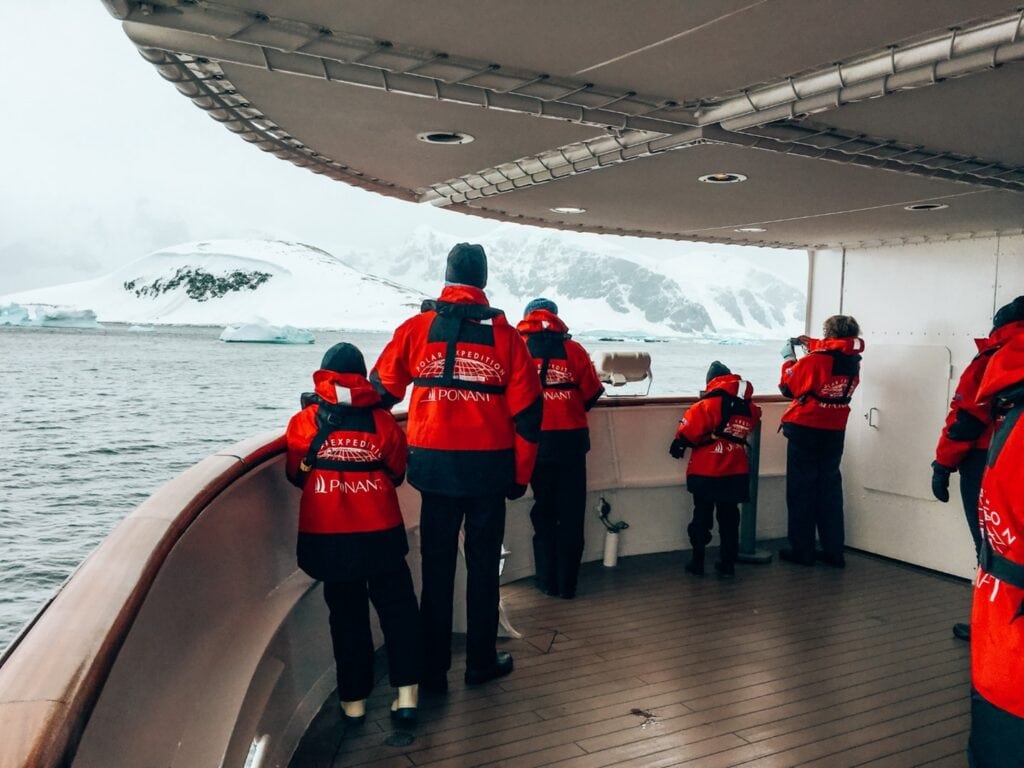
This way my initial motivation to visit Antarctica. Like many, I had the goal to visit all seven continents and an Antarctica cruise was the way to visit the final one on my list.
For dedicated travelers, this may be the biggest motivating factor. However, after visiting Antarctica, the below reasons are much more compelling reasons to visit.
Penguin Sightseeing
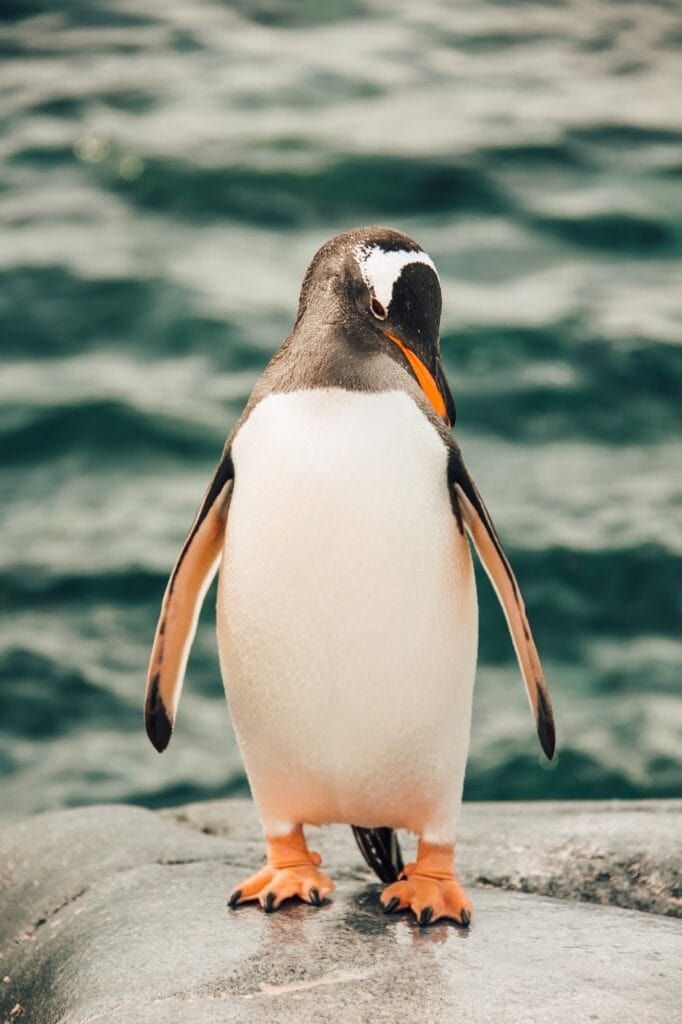
There are eight unique penguin species in Antarctica. Expect to see at least three of these during your Antarctica cruise (I saw 6).
The different species range in size, behavior and location but are all equally amazing to see.
Depending on the time you visit, you will be in Antarctica for hatching season and can see the brand-new baby penguins.
Since the penguins have no natural enemies on land, they will walk right next to you. It is common to share paths with penguins and they struggle to waddle or slide on their bellies across the ice.
Be sure to give them distance to preserve their natural instincts.
Hiking on the 7th Continent
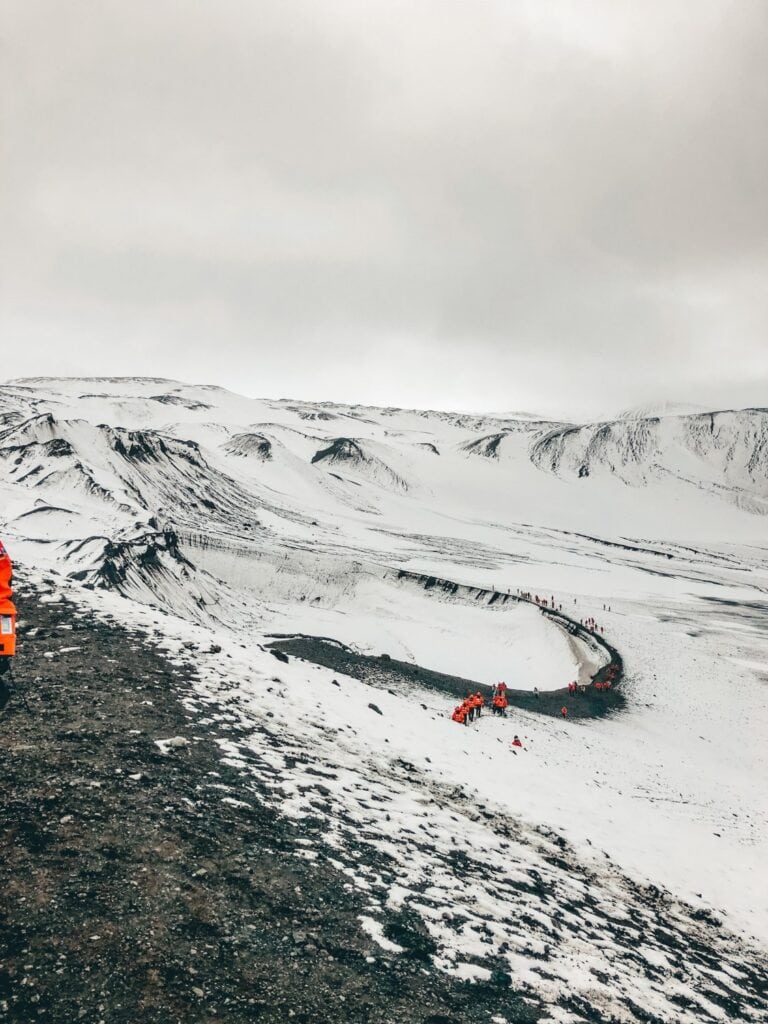
Before my Antarctica cruise, I was under the impression that Antarctica was an entirely flat piece of ice. I could not have been more wrong. Each day on continent, we were guided on a hike to penguin colonies or stunning viewpoints.
While the hikes will get your blood pumping, they are accessible for all ages and abilities. The average hike was around 1 mile each direction and 400 feet of elevation gain. To prepare for the hikes, utilize layers to manage your body temperature.
Photography Paradise
Calling all photography lovers! The natural beauty and moody lighting of Antarctica makes for beautiful, unique photos.
An Antarctica cruise is a great photography tour. Photos from Antarctica are extra special since many will never lay eyes on the continent.
Since Antarctica is likely a one-time trip, be sure to pack high-quality camera gear for the best results. Utilize the guides to scope out the best photo locations.
Zodiac Rides Around Antarctica
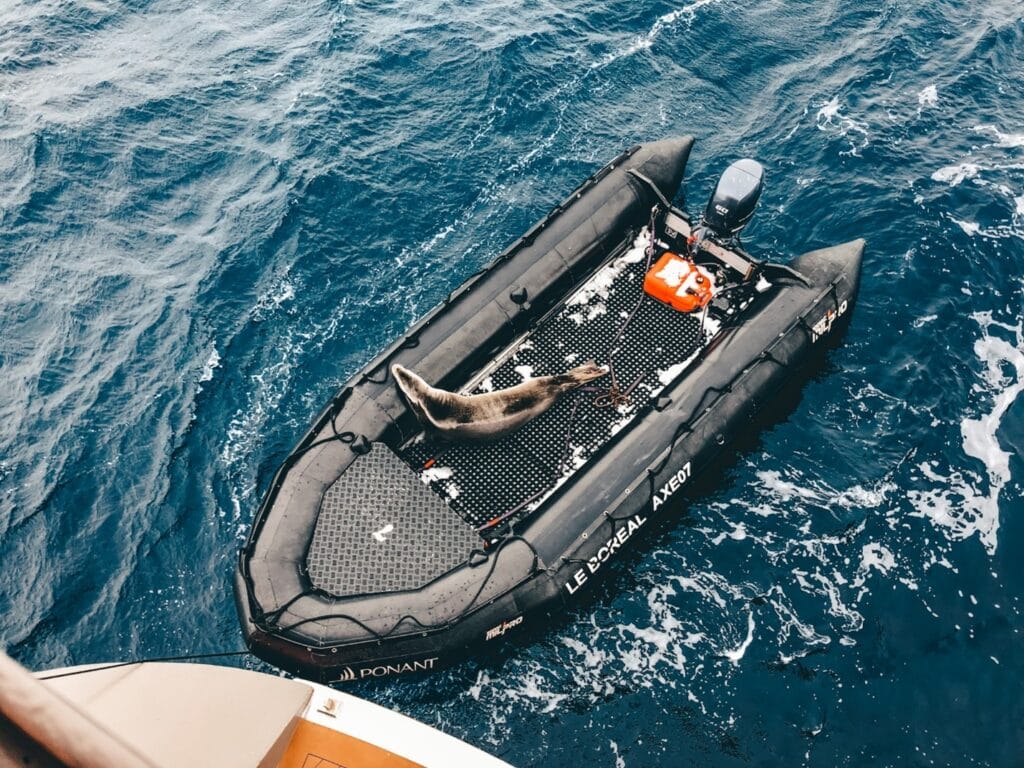
Each day, in addition to the hiking excursion, we were treated with a zodiac tour. A zodiac is a small boat that can easily navigate the smaller areas of the water.
The zodiac tours depart directly from the cruise ship and travel into bays, between icebergs and close to glaciers.
The zodiac guides are deeply knowledgeable, and you are guaranteed to learn more about ice than you ever thought possible.
Antarctica Cruise Days at Sea
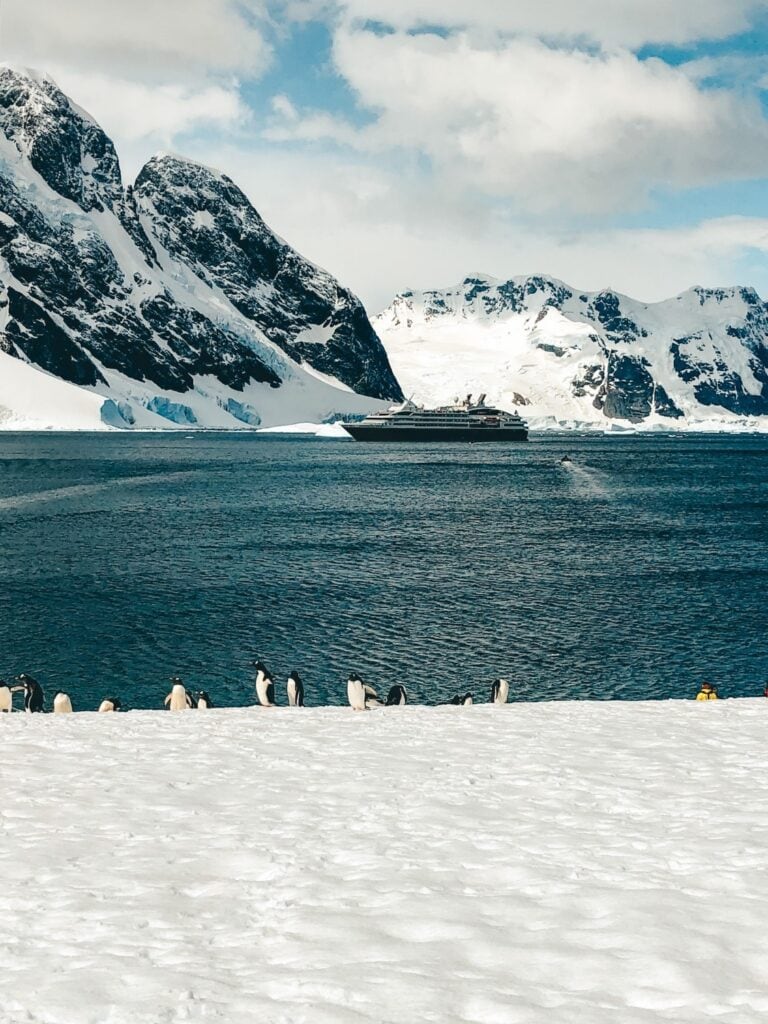
In contrast, lazy sea days are the perfect balance to the busy adventure days in Antarctica. Sea days take place between South America and Antarctica as you cross the Drake passage.
The Drake passage is notoriously rough, and my crossing was no exception.
However, these days during the crossing are a great time to catch up on your reading list, play games with family and enjoy the delicious food on board.
The Antarctica cruise team will also offer educational lectures at your leisure.
Beautiful Views and Tranquility
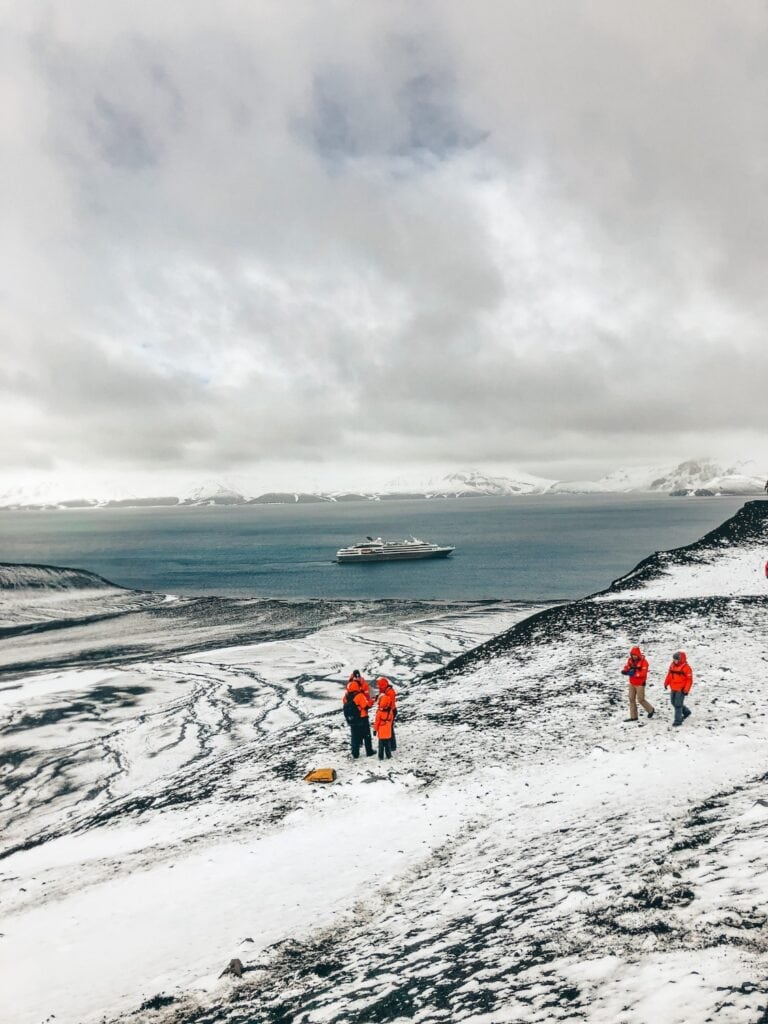
From the moment you embark on your Antarctica cruise, you will be surrounded by beautiful views of the ocean, icebergs, and sprawling continent. Spend hours on your balcony or in cruise lounges watching the beautiful views passing by.
Since there are very few people in Antarctica, and only a few cruise ships at a time, you will be welcomed with the utmost peace and tranquility. Surrounded by silence and calming white landscape, be sure to take a deep breath and decompress.
Should you Travel to Antarctica?
Yes, you should definitely go on vacation to Antarctica!
Hopefully, this all convinced you to take plan a trip to Antarctica. Antarctica offers something from everyone from adventurous activities to peaceful reflection.
Many, like me, want to visit Antarctica to check a box on their bucket list. However, Antarctica offers amazing views and memories you cannot find anywhere else in the world.
Related Posts:
- How To Plan A Trip To Antarctica: Guide To Preparing For Antarctica
- Ultimate Luxury Travel Bucket List
Pin this for later:
